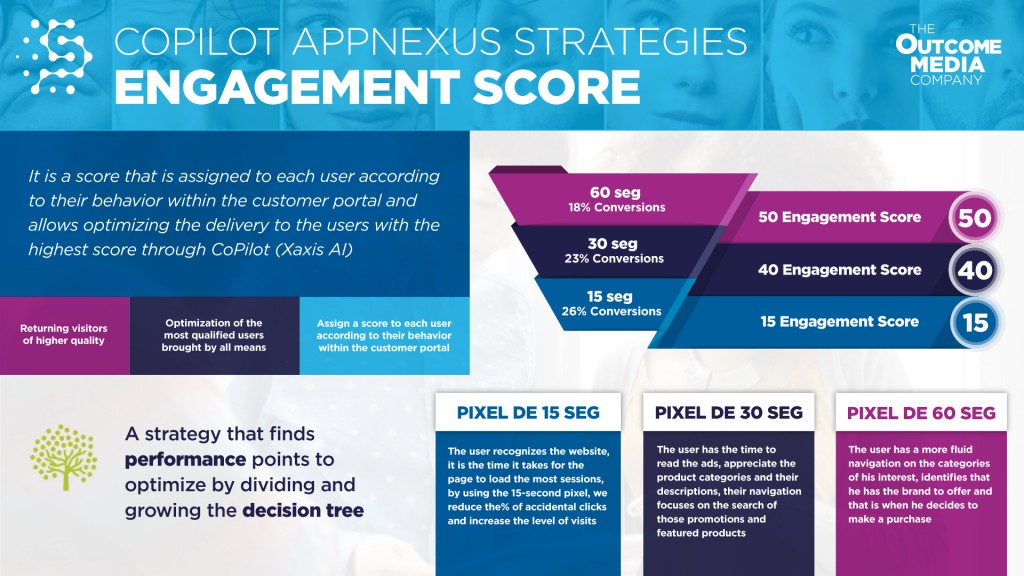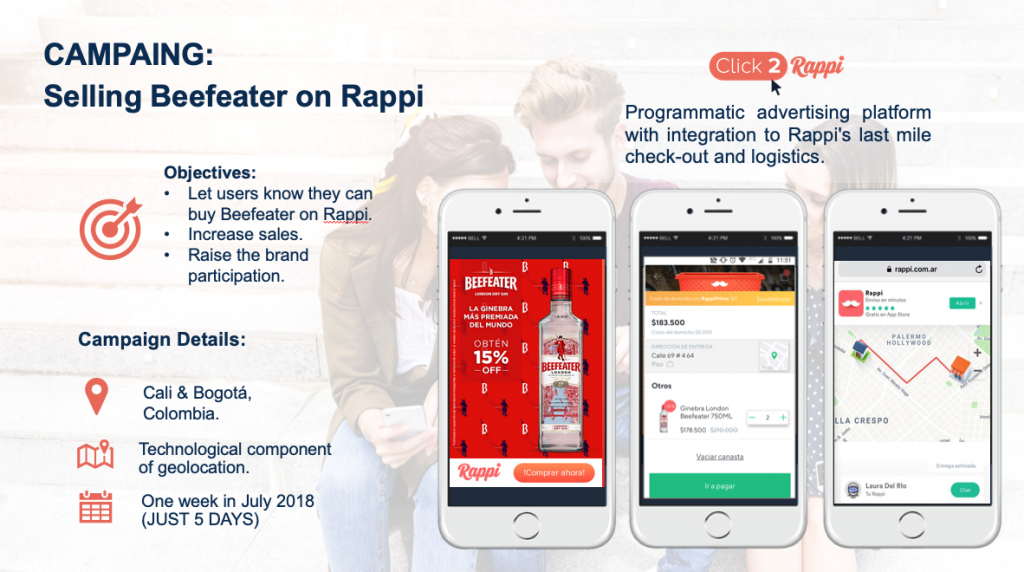As Colombia becomes more digitally connected, the e-Commerce market across the country is beginning to open up, giving brands and agencies an opportunity to use strong consumer insights to track and help navigate the customer’s digital journey to purchase.
e-Commerce in Colombia has seen substantial improvements over the last year. With 32.7 million internet connections registered in the last quarter of 2019, the Colombian Chamber of Electronic Commerce states that e-Commerce grew at an annual rate of 20% in 2017 and represented 1.5% of the country’s annual economic output (GDP) in 2018. Other sources suggest that Colombia will soon be the fourth largest e-commerce market in LatAm, after Brazil, Mexico and Argentina.
The Festival of Media LatAm Awards 2019 shortlist tells a similar e-Commerce growth story in Colombia, with the country leading the charge in this space by representing 50% of entries in the ‘Effective Use of e-Commerce’ category. Campaigns from Argentina and Peru also feature in this category. The category was dominated by three brand sectors in particular – Food & Beverage (50%), Retail (25%) and Fashion & Beauty (25%).
With new channels such as e-Commerce starting to open up, the entries suggest that brands and retailers are focusing not only on direct sales growth but through other e-Commerce channels too. Furthermore, it’s all about simplifying the customer’s path to purchase by being present in the media channels they are. In Colombia, this is largely mobile and more specifically mobile ad banners, offering a promotion to entice the customer to learn more.
The strongest thread tying these entries together is the focus on audience insights and the importance of data and measurement for better targeting. It’s about using segmentation variables and sequential messaging to track and navigate the customer journey.
Using a range of programmatic tools has proven to deliver the best success rates in e-Commerce channels. Some campaigns used geo-location and real-time techniques to ensure relevance for the communications and proved that timing has a big part to play in getting e-Commerce strategies right and to avoid wasted ad impressions.
Ensuring customer choice was also key – that means developing digital assets across all the sales channels (direct sales, online store and retail) and expanding into an omnichannel environment that is present in all channels where the customers are.
Brands, agencies, technology and service providers across Colombia are proving that the foundations and technology is already in place for e-Commerce to grow. It’s about reinventing the direct sales business model, capitalising on the content and connection of brands in a dynamic and easily accessible medium – in a timely and relevant way.
We put the spotlight on two Festival of Media LatAm Awards 2019 shortlisted entries, which highlight this trend:
Time in Pixel for Engagement Score | Homecenter | Xaxis | Colombia
Shortlisted for: Effective Use of e-Commerce, Best Use of Programmatic
Summary:
Electronic commerce is a growing trend in Colombia. The cell phone is the electronic article king in the pockets and homes of Colombians. The other channel used to make purchases is the portable computer. People investigate the products they are going to buy on the internet, ranging from technology, furniture, refrigerators / washing machines, clothing / footwear and mattresses. Taking into account the growing trend of the consumer, Xaxis’ idea was to create audience segments based on their browsing behaviour, which would make it easier to show the right ad to the right audience in order to generate product recall.
Taking into account the measurement that the strategy was to develop, the agency developed three types of pixels that find the contact points to optimise the behavioural decision tree. These pixels required a complex development, so the agency used its DMP – M-insights programmatic tool to create audiences that visited the website and the like. These audiences were associated with the Copilot Artificial Intelligence tool that allowed it to build a decision tree through the Consumer Engagement Score strategy that assigns a score to each user according to their behaviour on the client’s website. By means of display and native ads, deeper retargeting strategies were created according to the interest shown by the user.
Xaxis used the Helios Artificial Intelligence strategy that allowed it to create models of probability and arrest of user behaviour patterns within a web environment. By means of the predictions the patterns that best generalise the users, the interests or intentions to buy a particular product are identified, the model acted in such a way that it was able to adapt as well as possible to the real world, to the trends and to the largest number of observed behaviours. The information collected was accurate to the extent that it understood which were the creatives they expected to see, because type of desktop or mobile device had to be impacted and which segment of interest was adequate to host the message.
Selling Beefeater on Rappi | Beefeater (Pernod Ricard) | Adsmovil | Colombia
Shortlisted for: Effective Use of e-Commerce
Summary:
Pernod Ricard, a French company that distributes Beefeater in Colombia, wanted to sell its product Beefeater on Rappi, the e-commerce application that gives your customers an immediate purchase option with all the benefits of online shopping and which they can access from their mobile device from the comfort of their home or office and receive what they want without having to go to a supermarket or store, saving them time and money.
In order to achieve the proposed objectives and impact the brand’s target, a campaign was designed for mobile devices which allowed users to be impacted using a segmentation variable per day and time of the week, as well as the conversions or purchases registered on Rappi were included to completely maximise the sales performance and avoid the waste of impressions.
The user who sees the Beefeater banner while navigating on his mobile device to click on it and proceed immediately to checkout. Thus, the process is simplified, omitting login, item search, and add to the shopping cart. The DSP of Adsmovil relies on a technological integration with Rappi known as ‘Click2Rappi’, which allows to reach a more effective target audience, impacting the user in the greatest moments of consumption and providing a unique opportunity in the market, to purchase a product in the shortest possible time and without having to move from the place where it is located. The strategy used a geolocation technological component that targets people based on their location and the item availability in real time, which is processed by the optimisation algorithm.









